Life on Another Planet? Life-Linked Gas Detected on Exoplanet K2-18b
Life on Another Planet? Life-Linked Gas Detected on Exoplanet K2-18b
Life on Another Planet? Life-Linked Gas Detected on Exoplanet K2-18b
Apr 18, 2025
Apr 18, 2025

Artist's impression of the exoplanet K2-18b (on the right) orbiting the red dwarf star K2-18. Credit: ESA/Hubble, CC BY 4.0 <https://creativecommons.org/licenses/by/4.0>, via Wikimedia Commons.
Artist's impression of the exoplanet K2-18b (on the right) orbiting the red dwarf star K2-18. Credit: ESA/Hubble, CC BY 4.0 <https://creativecommons.org/licenses/by/4.0>, via Wikimedia Commons.
Scientists have detected possible signs of a life-related gas on K2-18b, 124 light-years from Earth. Could this be a milestone in the search for extraterrestrial life? Discover what’s known so far.
Scientists have detected possible signs of a life-related gas on K2-18b, 124 light-years from Earth. Could this be a milestone in the search for extraterrestrial life? Discover what’s known so far.
The universe may be sending us revealing clues. In a promising discovery, researchers have announced the potential detection of a life-associated gas in the atmosphere of exoplanet K2-18b, located 124 light-years from Earth. The analysis was performed using data from the James Webb Space Telescope (JWST), the most advanced astronomical instrument ever launched.
The study is led by Professor Nikku Madhusudhan of the University of Cambridge, whose team is behind this potentially historic finding.
Which Gas Was Detected?
The researchers identified signatures of dimethyl sulfide (DMS) or dimethyl disulfide (DMDS)—compounds on Earth produced exclusively by living organisms, especially marine phytoplankton and certain bacteria.
Estimated concentrations on K2-18b would be thousands of times higher than those on our planet, raising the intriguing possibility: could this world harbor life?
Scientific Caution: Not Yet Proof of Life
Despite the excitement, scientists urge caution. The current detection confidence is at three sigma (≈99.7% certainty), which is insufficient for a definitive claim that requires five sigma confidence.
Madhusudhan’s team plans further JWST observations to reduce uncertainty and achieve a more robust confidence level.
Alternative Explanations Under Investigation
It’s paramount to consider nonbiological sources of DMS. Some researchers are testing in laboratories whether geological or chemical processes, yet unknown, could generate this gas.
Another hypothesis suggests that K2-18b might possess a molten-rock ocean rather than liquid water, which precludes Earth-like life. Furthermore, some believe K2-18b is a mini gas giant without a solid surface. On the other hand, the absence of ammonia hints at possible water presence, keeping the debate alive.
Ongoing Scientific Debate
This discovery has sparked intense discussion among experts. Scientists like Catherine Heymans and Oliver Shorttle highlight uncertainties in the planet’s atmospheric composition and the true origin of the detected signal.
Meanwhile, NASA’s Dr. Nicolas Wogan proposes that K2-18b is a gas giant, contrary to earlier JWST–based analyses.
What’s Next?
New JWST observations are already scheduled. If these signals are confirmed, the finding could mark one of the most promising advances in modern science, potentially transforming our understanding of life in the universe.
For Professor Madhusudhan, this may represent a decisive step toward answering humanity’s oldest question: Are we alone in the cosmos?
—
Want to follow the latest developments in this discovery? Read the original BBC article here.
The universe may be sending us revealing clues. In a promising discovery, researchers have announced the potential detection of a life-associated gas in the atmosphere of exoplanet K2-18b, located 124 light-years from Earth. The analysis was performed using data from the James Webb Space Telescope (JWST), the most advanced astronomical instrument ever launched.
The study is led by Professor Nikku Madhusudhan of the University of Cambridge, whose team is behind this potentially historic finding.
Which Gas Was Detected?
The researchers identified signatures of dimethyl sulfide (DMS) or dimethyl disulfide (DMDS)—compounds on Earth produced exclusively by living organisms, especially marine phytoplankton and certain bacteria.
Estimated concentrations on K2-18b would be thousands of times higher than those on our planet, raising the intriguing possibility: could this world harbor life?
Scientific Caution: Not Yet Proof of Life
Despite the excitement, scientists urge caution. The current detection confidence is at three sigma (≈99.7% certainty), which is insufficient for a definitive claim that requires five sigma confidence.
Madhusudhan’s team plans further JWST observations to reduce uncertainty and achieve a more robust confidence level.
Alternative Explanations Under Investigation
It’s paramount to consider nonbiological sources of DMS. Some researchers are testing in laboratories whether geological or chemical processes, yet unknown, could generate this gas.
Another hypothesis suggests that K2-18b might possess a molten-rock ocean rather than liquid water, which precludes Earth-like life. Furthermore, some believe K2-18b is a mini gas giant without a solid surface. On the other hand, the absence of ammonia hints at possible water presence, keeping the debate alive.
Ongoing Scientific Debate
This discovery has sparked intense discussion among experts. Scientists like Catherine Heymans and Oliver Shorttle highlight uncertainties in the planet’s atmospheric composition and the true origin of the detected signal.
Meanwhile, NASA’s Dr. Nicolas Wogan proposes that K2-18b is a gas giant, contrary to earlier JWST–based analyses.
What’s Next?
New JWST observations are already scheduled. If these signals are confirmed, the finding could mark one of the most promising advances in modern science, potentially transforming our understanding of life in the universe.
For Professor Madhusudhan, this may represent a decisive step toward answering humanity’s oldest question: Are we alone in the cosmos?
—
Want to follow the latest developments in this discovery? Read the original BBC article here.
The universe may be sending us revealing clues. In a promising discovery, researchers have announced the potential detection of a life-associated gas in the atmosphere of exoplanet K2-18b, located 124 light-years from Earth. The analysis was performed using data from the James Webb Space Telescope (JWST), the most advanced astronomical instrument ever launched.
The study is led by Professor Nikku Madhusudhan of the University of Cambridge, whose team is behind this potentially historic finding.
Which Gas Was Detected?
The researchers identified signatures of dimethyl sulfide (DMS) or dimethyl disulfide (DMDS)—compounds on Earth produced exclusively by living organisms, especially marine phytoplankton and certain bacteria.
Estimated concentrations on K2-18b would be thousands of times higher than those on our planet, raising the intriguing possibility: could this world harbor life?
Scientific Caution: Not Yet Proof of Life
Despite the excitement, scientists urge caution. The current detection confidence is at three sigma (≈99.7% certainty), which is insufficient for a definitive claim that requires five sigma confidence.
Madhusudhan’s team plans further JWST observations to reduce uncertainty and achieve a more robust confidence level.
Alternative Explanations Under Investigation
It’s paramount to consider nonbiological sources of DMS. Some researchers are testing in laboratories whether geological or chemical processes, yet unknown, could generate this gas.
Another hypothesis suggests that K2-18b might possess a molten-rock ocean rather than liquid water, which precludes Earth-like life. Furthermore, some believe K2-18b is a mini gas giant without a solid surface. On the other hand, the absence of ammonia hints at possible water presence, keeping the debate alive.
Ongoing Scientific Debate
This discovery has sparked intense discussion among experts. Scientists like Catherine Heymans and Oliver Shorttle highlight uncertainties in the planet’s atmospheric composition and the true origin of the detected signal.
Meanwhile, NASA’s Dr. Nicolas Wogan proposes that K2-18b is a gas giant, contrary to earlier JWST–based analyses.
What’s Next?
New JWST observations are already scheduled. If these signals are confirmed, the finding could mark one of the most promising advances in modern science, potentially transforming our understanding of life in the universe.
For Professor Madhusudhan, this may represent a decisive step toward answering humanity’s oldest question: Are we alone in the cosmos?
—
Want to follow the latest developments in this discovery? Read the original BBC article here.

Share on:
See Also
See Also

Microplastics Detected in Ovarian Fluid: What Does This Mean for Human Fertility?
Apr 22, 2025

Humanitarian Crisis in Myanmar: Millions Need Aid After Devastating Earthquakes
Apr 21, 2025

Life on Another Planet? Life-Linked Gas Detected on Exoplanet K2-18b
Apr 18, 2025

Dire Wolves Recreated? Meet the Genetically Modified Animals from Colossal Biosciences
Apr 11, 2025

Digital Security and Artificial Intelligence: Solutions and Challenges in 2025
Apr 3, 2025

Cardiovascular Health in Rural Communities: Study Reveals Impacts of Social Factors
Apr 1, 2025

Unexpected Heat Marks the First Day of Spring 2025 in the United Kingdom: A Sign of Climate Change?
Mar 21, 2025

DeepSeek AI: The Chinese Chatbot That Is Shaking Up the Global Market
Feb 7, 2025

Study Reveals That an Active Social Life Can Reduce Dementia Risk
Feb 4, 2025

Lunar New Year 2025: The Arrival of the Year of the Snake
Jan 30, 2025

New Hypothesis on the Origin of Dinosaurs Challenges Traditional Concepts
Jan 27, 2025

Emotions and the Human Body: Millennia-Old Connections in Neo-Assyrian Texts
Dec 20, 2024

Study Links Air Pollution to Risk of Venous Thromboembolism
Dec 20, 2024
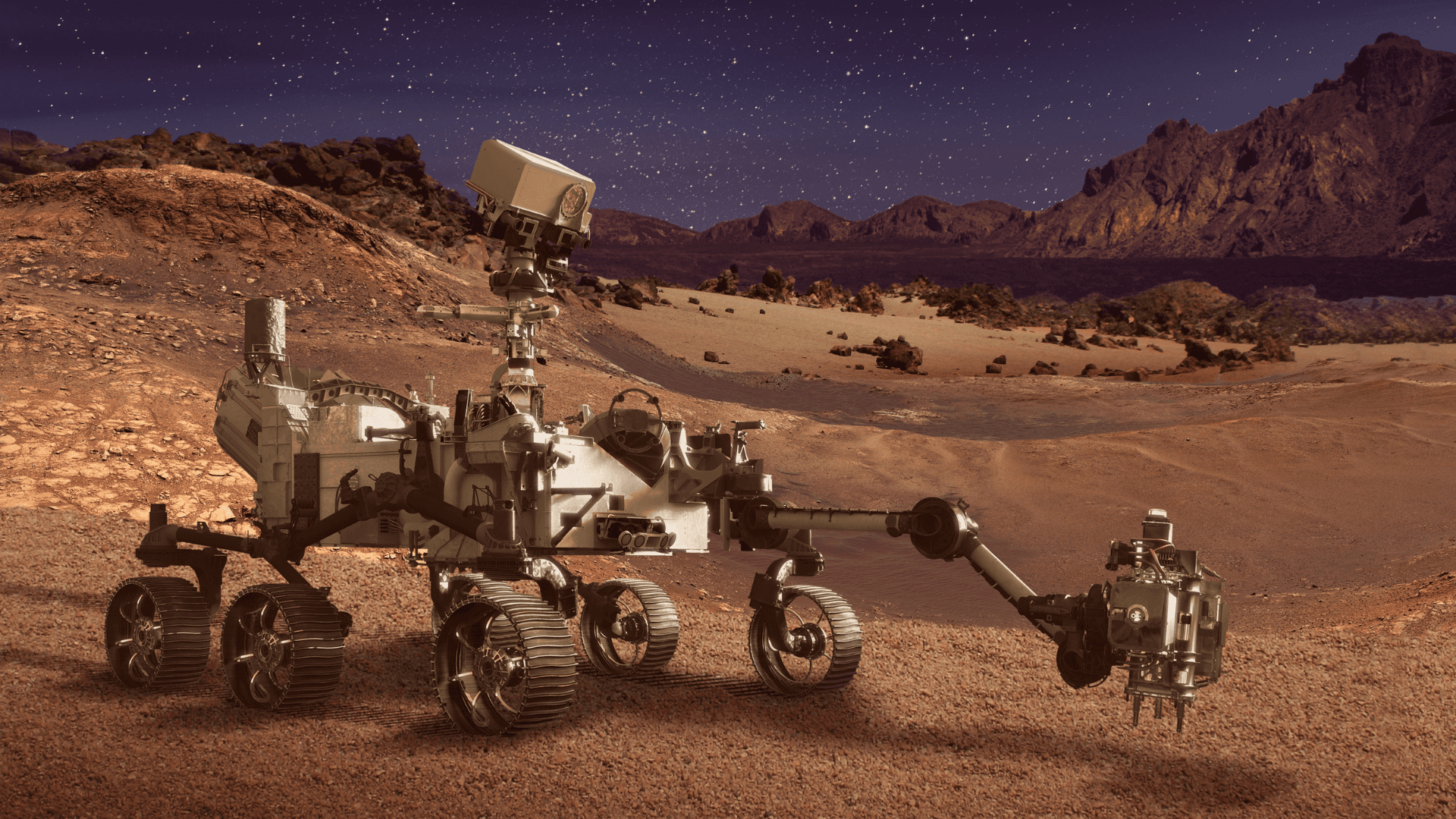
Potentially Habitable Environment on Mars Discovered by Perseverance
Dec 20, 2024
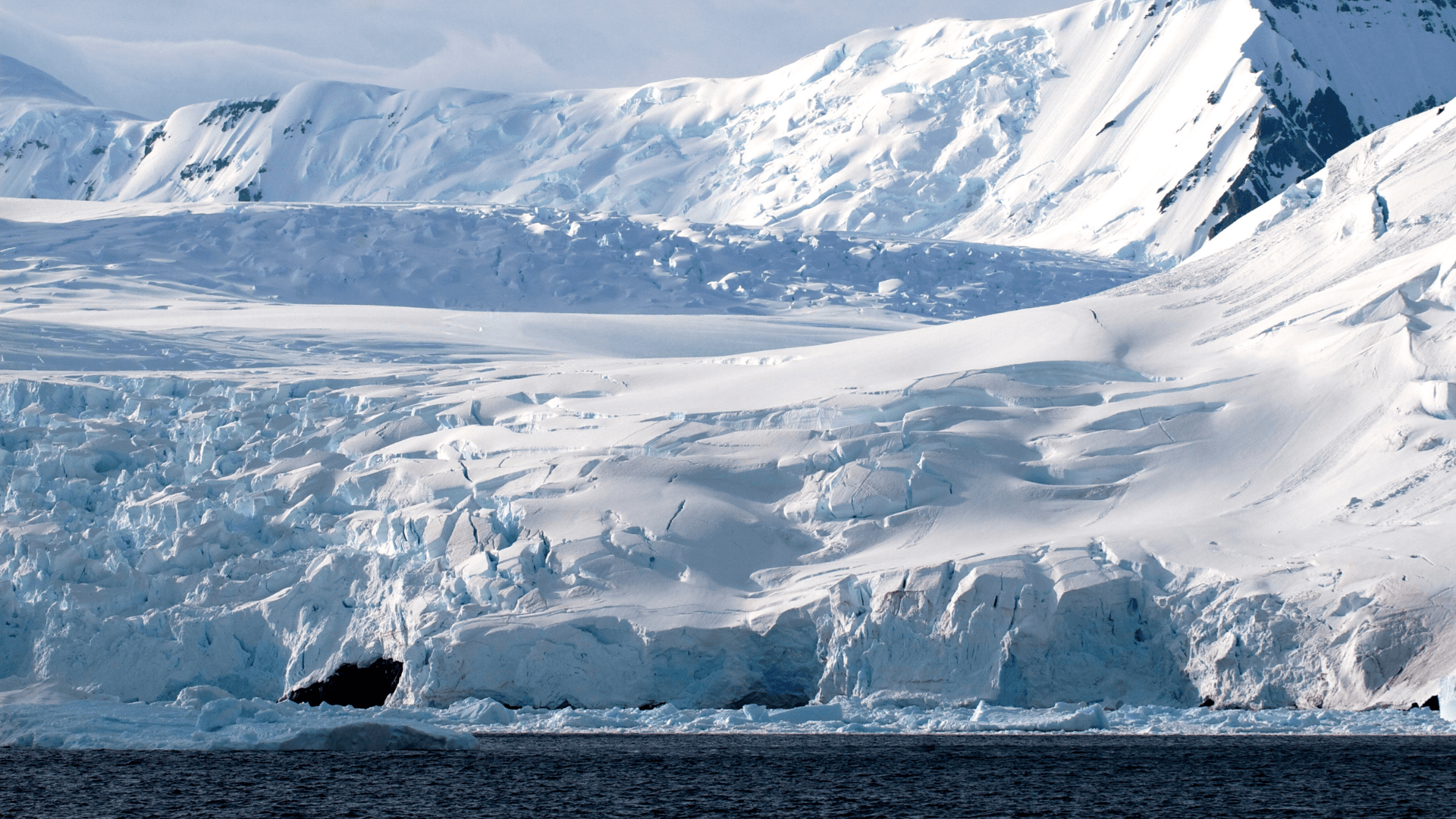
Collapse of the Conger Ice Shelf: Alert for East Antarctica
Dec 20, 2024

Revolution XRISM: New Discoveries About Supermassive Black Holes
Oct 15, 2024

Study Shows that Duplication of the AMY1 Gene, Related to Starch Digestion, Predates Agriculture
Oct 14, 2024

Births in the EU Fall Below 4 Million for the First Time Since 1960
Oct 11, 2024

Excavation in Denmark Reveals 50 Incredibly Preserved Viking Skeletons
Oct 10, 2024

Study Indicates Higher Incidence of Asthma and Allergic Rhinitis in People Born in Autumn and Winter in Finland
Oct 9, 2024

Study Demonstrates Similarities Between Ice Age Adolescents' Puberty and Modern Youth
Oct 8, 2024
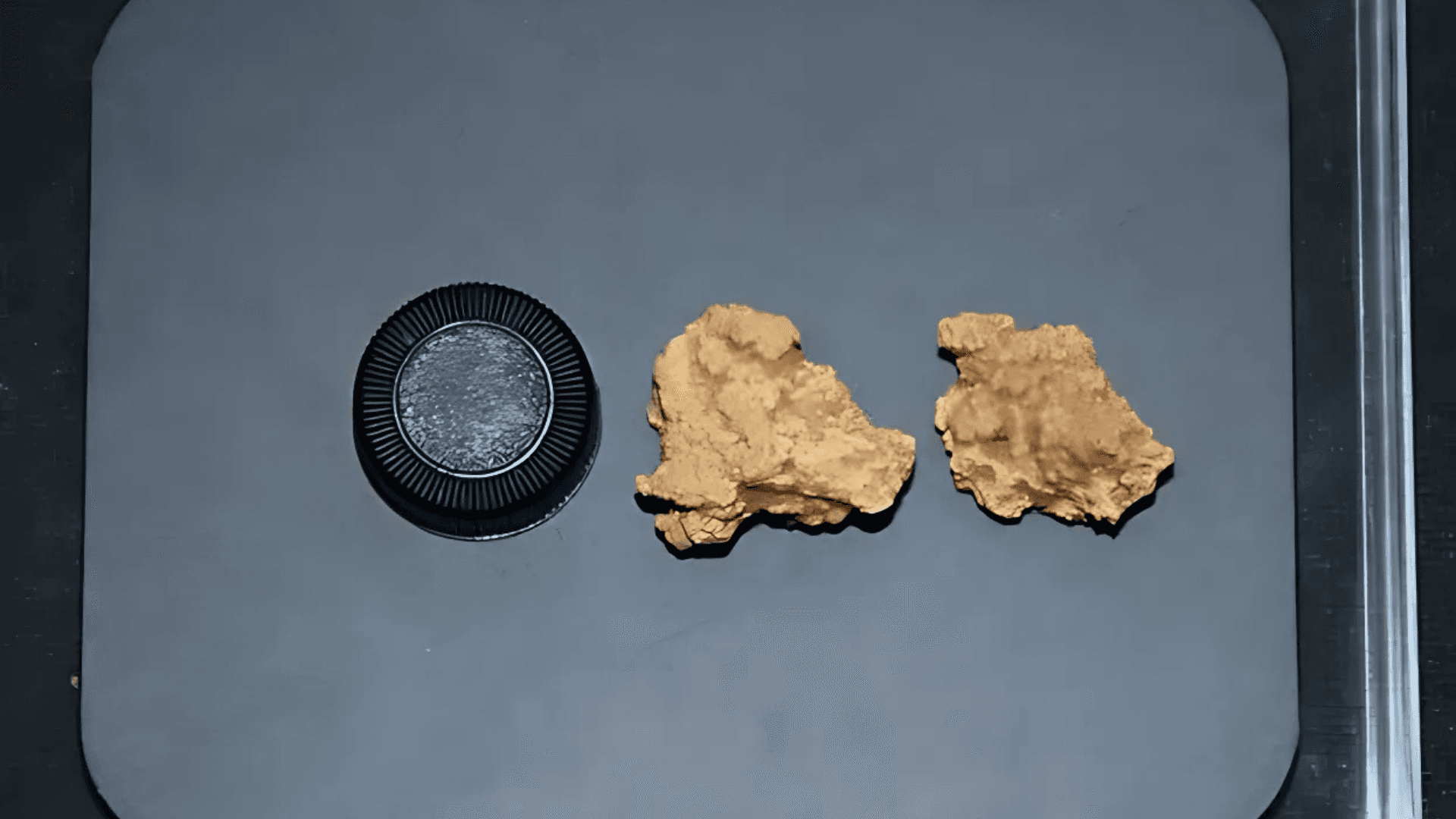
DNA Analysis in 3,600-Year-Old Chinese Mummies Reveals World's Oldest Cheese
Oct 7, 2024
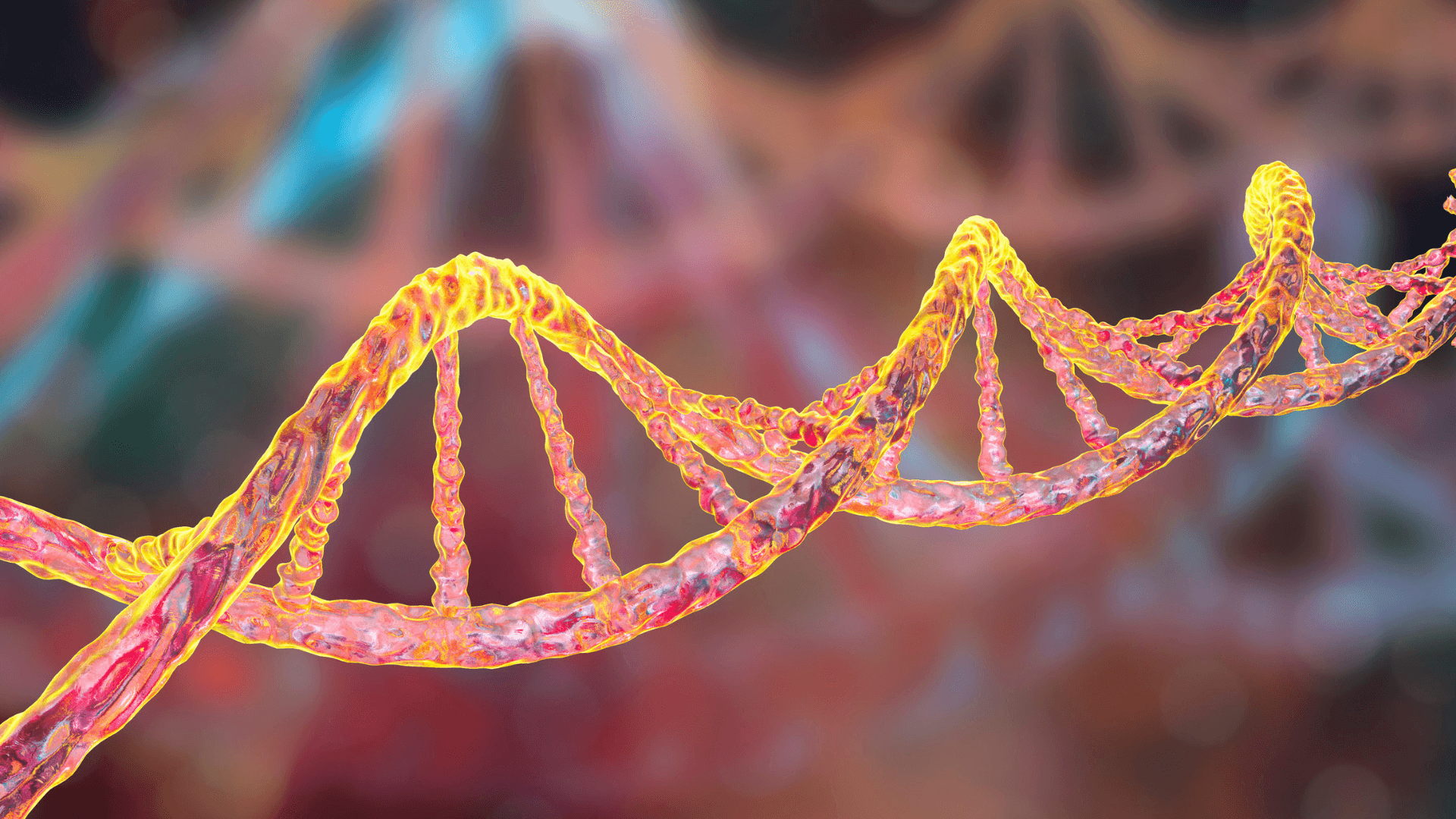
Study Reveals Genetic Stability of Southern African Populations Over 10 Millennia
Oct 4, 2024

Nine Mythical Places That May Have Existed, According to Archaeological Discoveries
Oct 3, 2024
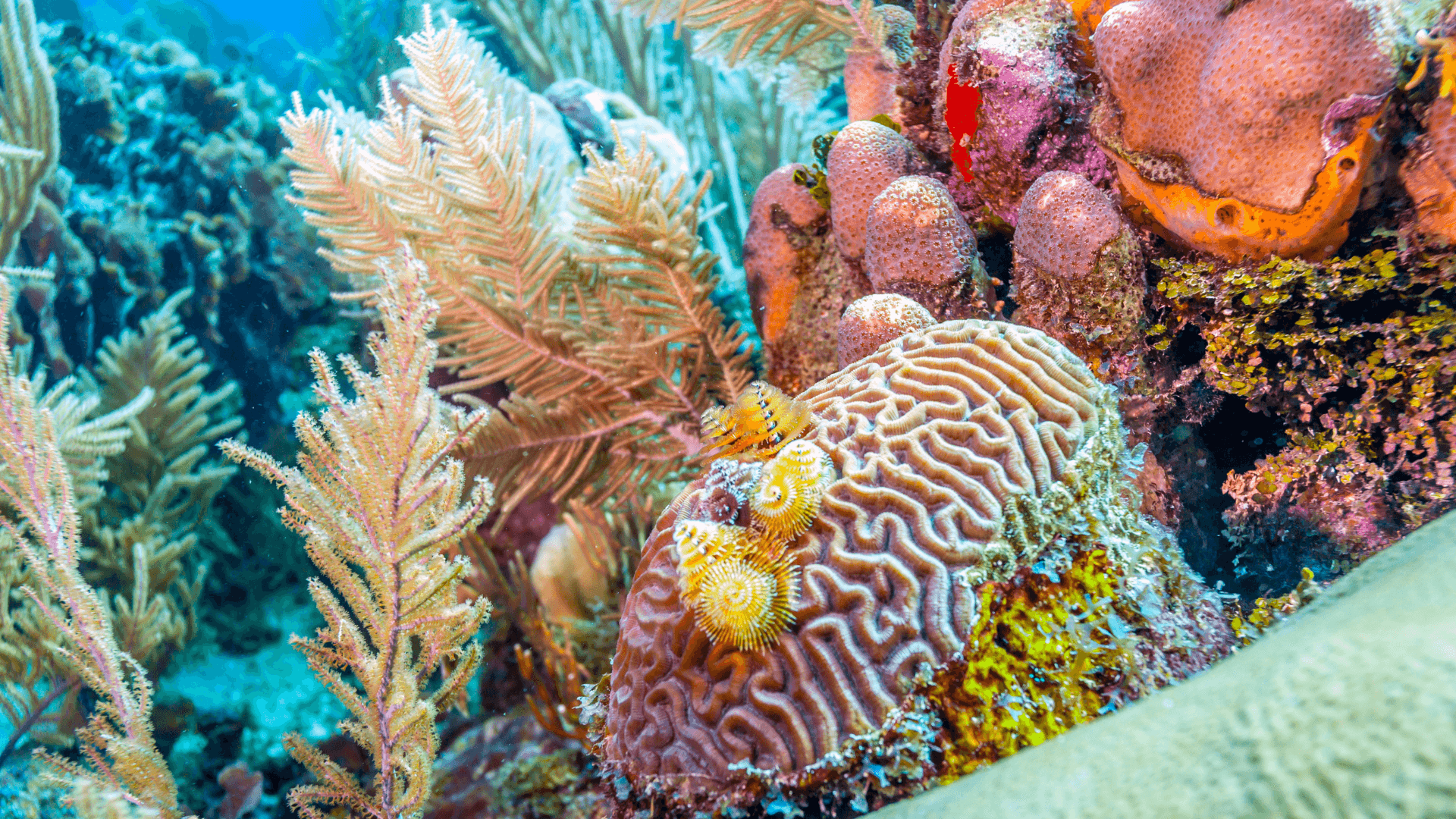
How Human Rights Can Save Coral Reefs and Hold Governments Accountable
Oct 2, 2024

Carbon Brief Report Indicates 2024 Could Be the Hottest Year on Record
Sep 4, 2024

Climate Determines Mammal Distribution, Reveals Study by North Carolina State University
Sep 4, 2024

Study Suggests Fossil 'Hotspots' in Africa Distort Our View of Human Evolution
Sep 3, 2024
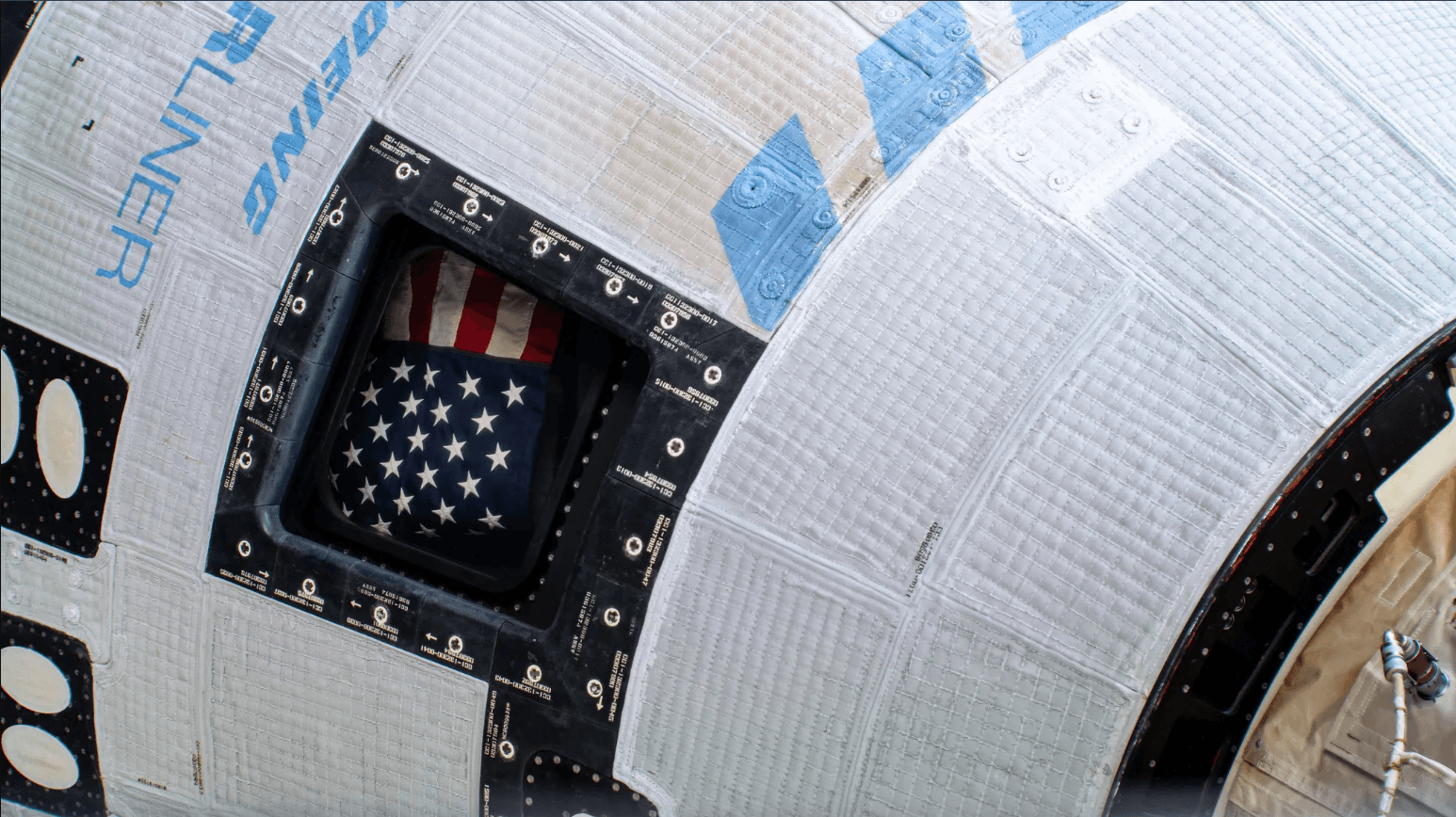
Unusual Noise on Boeing's Starliner Puzzles NASA Astronaut
Sep 3, 2024

Study Reveals Human Microbiome is Highly Individualized
Sep 2, 2024

Share on:

Share on:

Microplastics Detected in Ovarian Fluid: What Does This Mean for Human Fertility?
Apr 22, 2025

Humanitarian Crisis in Myanmar: Millions Need Aid After Devastating Earthquakes
Apr 21, 2025

Life on Another Planet? Life-Linked Gas Detected on Exoplanet K2-18b
Apr 18, 2025

Dire Wolves Recreated? Meet the Genetically Modified Animals from Colossal Biosciences
Apr 11, 2025

Digital Security and Artificial Intelligence: Solutions and Challenges in 2025
Apr 3, 2025

Cardiovascular Health in Rural Communities: Study Reveals Impacts of Social Factors
Apr 1, 2025

Unexpected Heat Marks the First Day of Spring 2025 in the United Kingdom: A Sign of Climate Change?
Mar 21, 2025

DeepSeek AI: The Chinese Chatbot That Is Shaking Up the Global Market
Feb 7, 2025

Study Reveals That an Active Social Life Can Reduce Dementia Risk
Feb 4, 2025

Lunar New Year 2025: The Arrival of the Year of the Snake
Jan 30, 2025

New Hypothesis on the Origin of Dinosaurs Challenges Traditional Concepts
Jan 27, 2025

Emotions and the Human Body: Millennia-Old Connections in Neo-Assyrian Texts
Dec 20, 2024

Study Links Air Pollution to Risk of Venous Thromboembolism
Dec 20, 2024

Potentially Habitable Environment on Mars Discovered by Perseverance
Dec 20, 2024

Collapse of the Conger Ice Shelf: Alert for East Antarctica
Dec 20, 2024

Revolution XRISM: New Discoveries About Supermassive Black Holes
Oct 15, 2024

Study Shows that Duplication of the AMY1 Gene, Related to Starch Digestion, Predates Agriculture
Oct 14, 2024

Births in the EU Fall Below 4 Million for the First Time Since 1960
Oct 11, 2024

Excavation in Denmark Reveals 50 Incredibly Preserved Viking Skeletons
Oct 10, 2024

Study Indicates Higher Incidence of Asthma and Allergic Rhinitis in People Born in Autumn and Winter in Finland
Oct 9, 2024

Study Demonstrates Similarities Between Ice Age Adolescents' Puberty and Modern Youth
Oct 8, 2024

DNA Analysis in 3,600-Year-Old Chinese Mummies Reveals World's Oldest Cheese
Oct 7, 2024

Study Reveals Genetic Stability of Southern African Populations Over 10 Millennia
Oct 4, 2024

Nine Mythical Places That May Have Existed, According to Archaeological Discoveries
Oct 3, 2024

How Human Rights Can Save Coral Reefs and Hold Governments Accountable
Oct 2, 2024

Carbon Brief Report Indicates 2024 Could Be the Hottest Year on Record
Sep 4, 2024

Climate Determines Mammal Distribution, Reveals Study by North Carolina State University
Sep 4, 2024

Study Suggests Fossil 'Hotspots' in Africa Distort Our View of Human Evolution
Sep 3, 2024

Unusual Noise on Boeing's Starliner Puzzles NASA Astronaut
Sep 3, 2024

Study Reveals Human Microbiome is Highly Individualized
Sep 2, 2024
